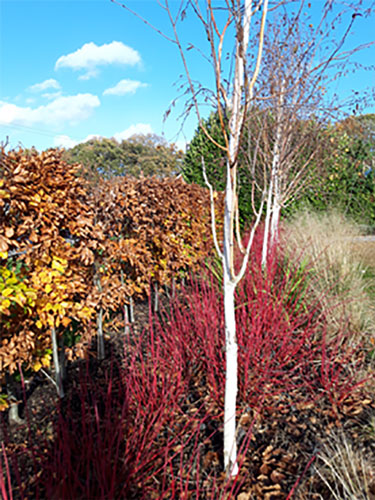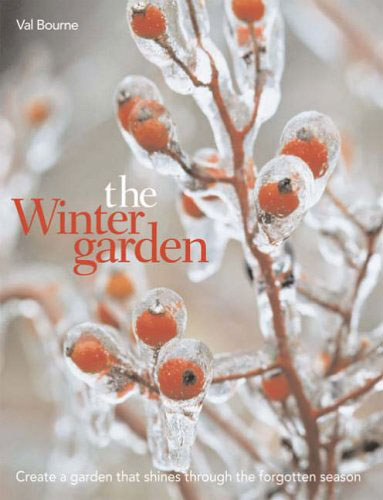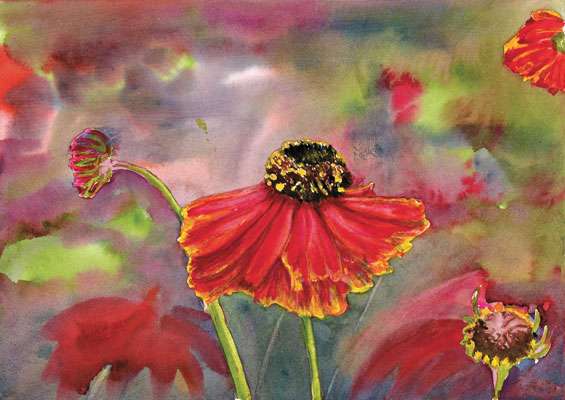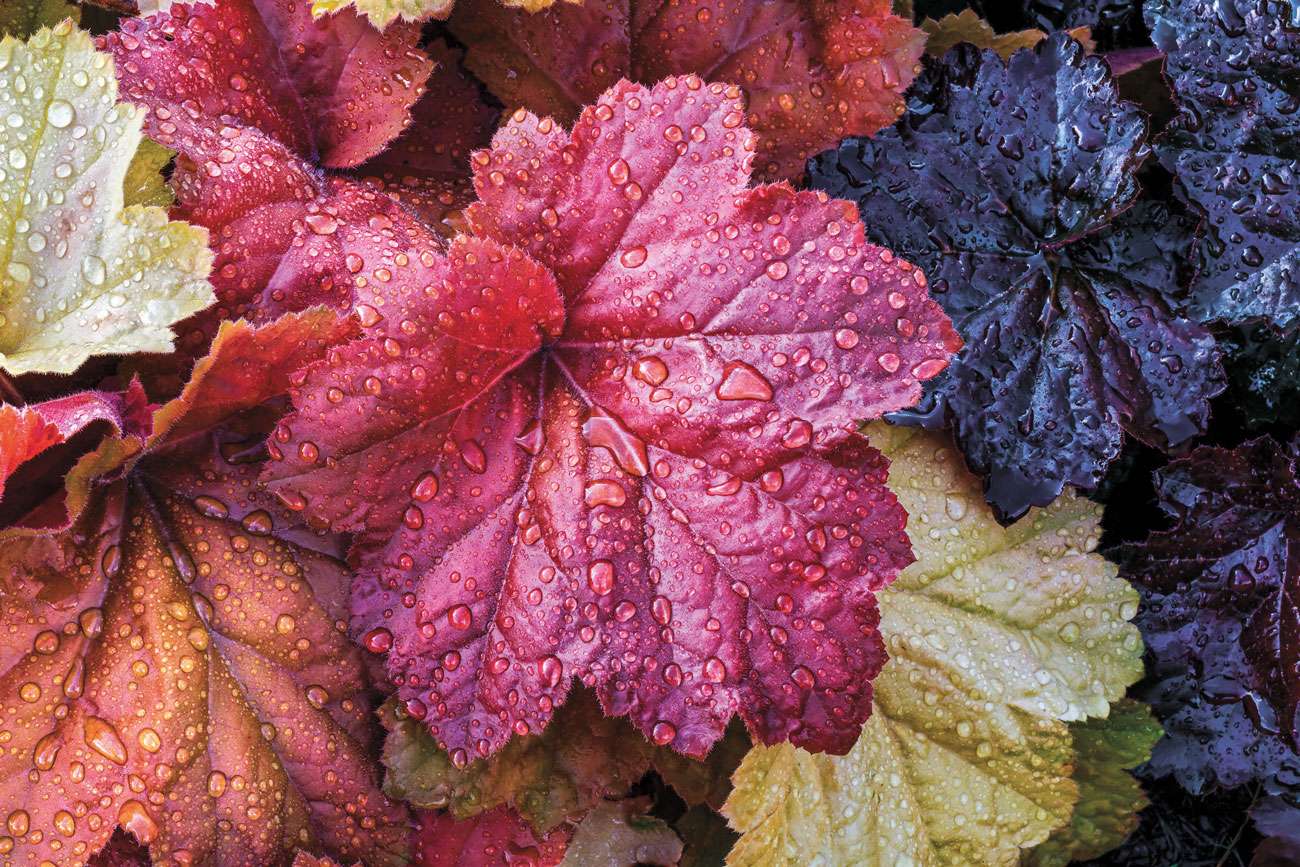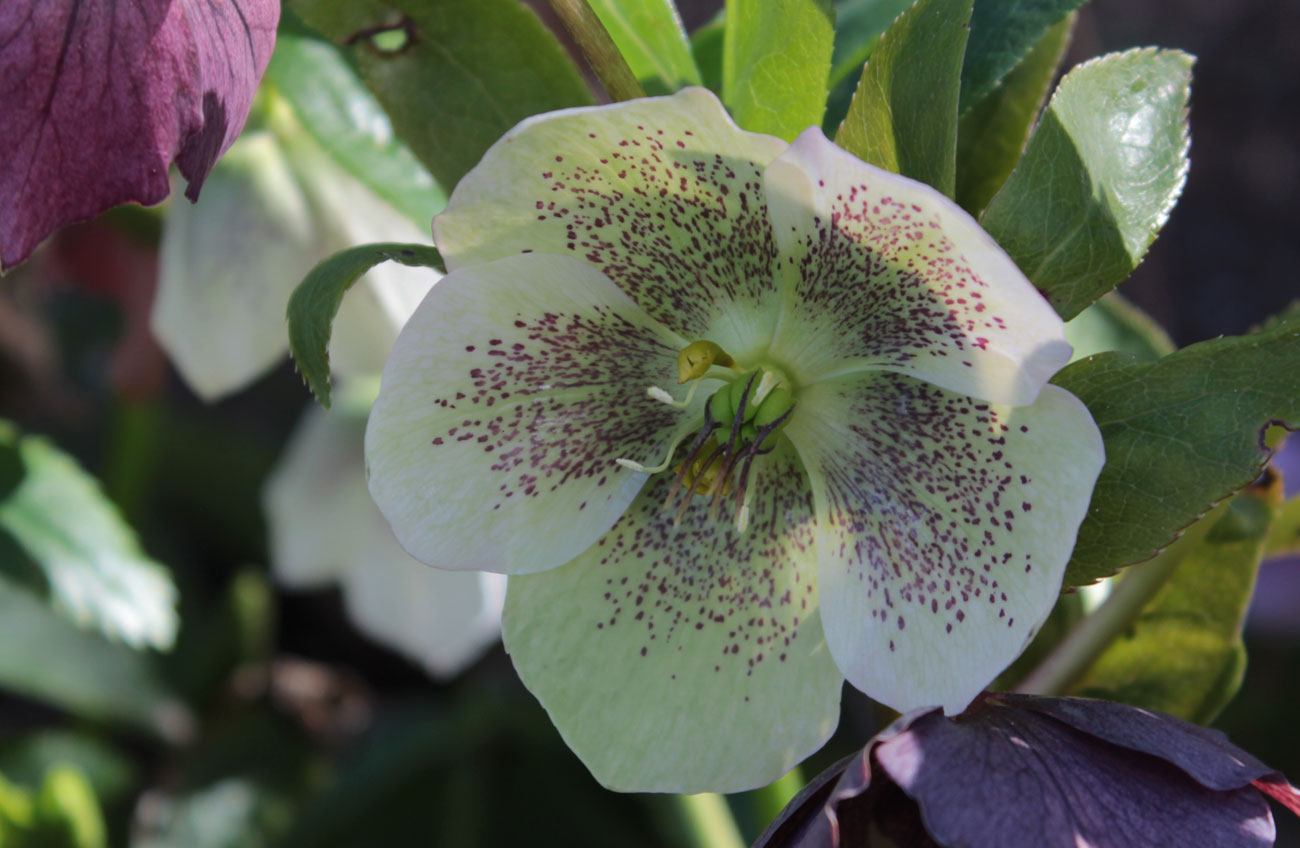
Hellebore
Towards the end of December we certainly felt winter setting in but it has been amazing to still see roses and hebes still flowering – it really will be a record if they continue to survive until January! January may be cold, dark and ‘grimbly’ but since the shortest day on the winter solstice in December, the hours of daylight have been increasing at the slow pace of approximately 2 minutes and 7 seconds per day – so yippee it’s a start! This month we should expect to see lovely Hellebore flowers and the early Camellia Sasanqua, which is happy to grow in a pot near to the house, out of direct sunshine, where it is also sheltered from the hardest frosts. There are many different varieties but my favourites are Camellia Cleopatra with pure white flowers or Camellia Kanjiro with vibrant pink flowers.
The garden can look quite dull and dead in January but we have to realise that plants have had to evolve to cope with freezing temperatures. It is generally believed that the earliest species were evergreen woody plants of warm, frost-free climates. Subsequently, flowering plants have spread into climates where the temperatures fall below zero for at least part of the year, so plants have had to develop coping strategies. Most evergreen plants have evolved so they have smaller, frost-tolerant leaves that also contain “antifreeze” chemicals; woody plants with larger leaves tend to shut down in winter by becoming deciduous, shedding their leaves and becoming dormant; others have given up being woody altogether and become herbaceous, largely avoiding freezing by spending the winter as underground storage organs (in the case of perennials) or seeds (in annuals). So, the plants are all – hopefully – still alive but waiting for the warmth to return to the soil.
As there are fewer jobs to do at this time it gives us the chance to look at the colours that can be found around us. This picture shows the wonderful combination of white stemmed Betula jacquemontii ‘Silver Shadow’, under planted with the glorious, bright red stemmed Cornus alba Sibirica, in a garden that I passed in Cranleigh the other day. It is definitely one to replicate in any garden to bring light and colour in the winter months. Also, there are so many different tree barks, such as this lovely oak, which is covered in colourful lichen too.
This is the month to notice gaps and how to add splashes of colour and berries such as variegated evergreens Ilex altaclarensis ‘Golden King’. Also, gold-leaved shrubs really shine in the crisp winter sunshine and one of the easiest to grow is Choisya ternata ‘Sundance’. A book called ‘The Winter Garden’ by Val Bourne, has lovely ideas to bring your garden alive at the start of the year. I would advise on not buying any plants until late February, otherwise they can be damaged by the sharp frosts and find it difficult to establish their roots in the frozen ground.
I try to find at least one fun thing to see, hear or smell each day. I rather like the idea of how to communicate being friendly whilst wearing a mask and apparently we should all learn to SMINK! As people can’t see that we are smiling except with our eyes, the advice is to wink as well! I am about to try this out and hope I don’t get into too many tricky situations!

